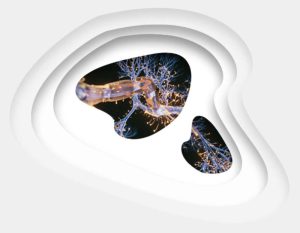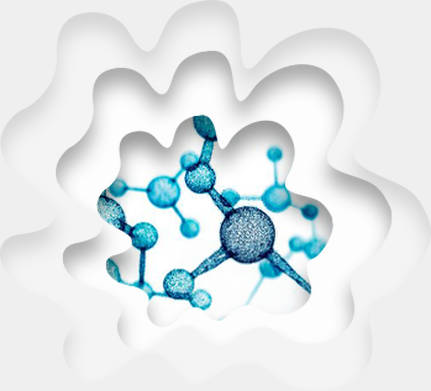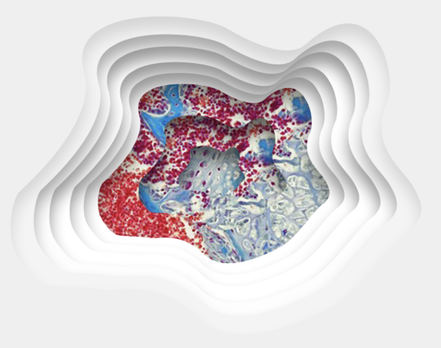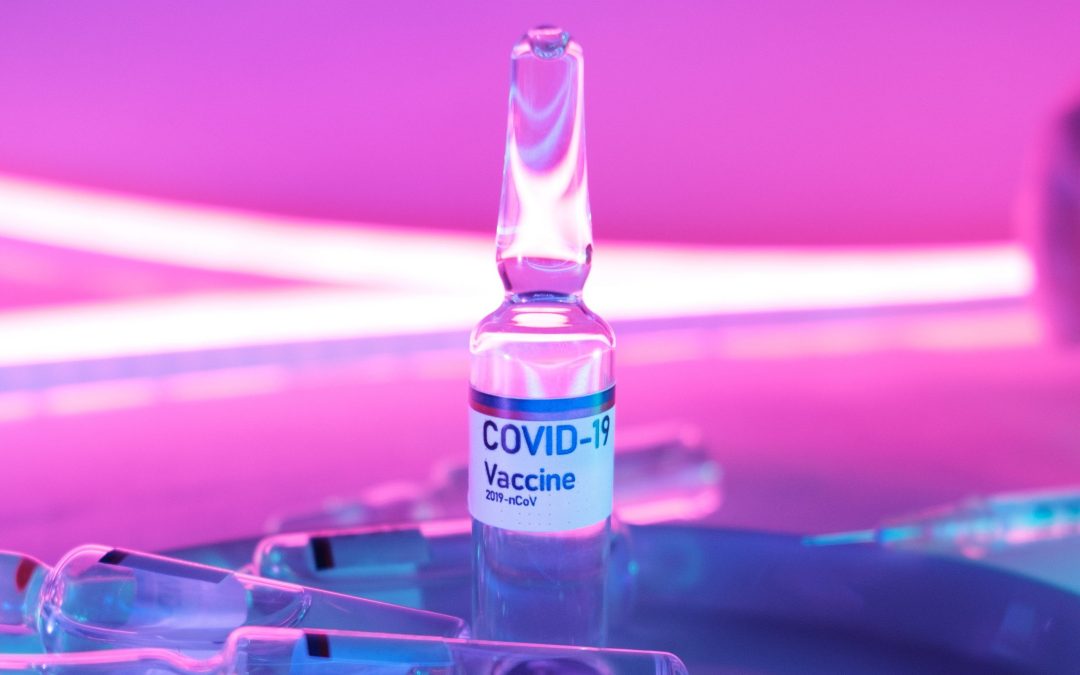As doctors, healthcare professionals, and public health agencies worldwide struggle to fight with the misinformation being spread about the Covid-19 vaccines, this article provides some useful ideas on how scientific communication and medical affairs professionals can help spread awareness and correct scientific knowledge to curb the problem of vaccine hesitancy. I attended a session on the topic “Unused vaccines can’t save lives – Embracing an opportunity to overcome vaccination hesitancy in the midst of a global pandemic” at the Virtual 17th Annual ISMPP Meeting. The discussion was moderated by Eugene Tombler, CMC Connect,and the expert speakers were Professor Heidi J Larson, Professor of Anthropology and Risk and Decision Science, Department of Infectious Disease Epidemiology, Dan Carucci, MD, MSc, PhD, Global Chief Medical Officer, McCann Health, and Jonathan Kennedy, PhD, Senior Lecturer (Associate Professor) Queen Mary University of London.
This session focused on the impact of vaccine misinformation and ways to tackle it. The Covid-19 pandemic has brought us all to a critical point in history where the importance of vaccination has never been so starkly apparent both for the individual as well as the society at large. While people with a scientific mindset need to be empathetic to the concerns of vaccine-sceptics, a vaccine can only achieve efficacy if 100% of the population takes it. While the prevailing negative attitudes towards vaccines are very concerning, in many places in the world, vaccine supply is also a critical issue.
At no other time in history has mankind had a front row seat to vaccine development as they have had now. The “infodemic” that exploded as we were all forced into a more virtual world has created an entire ecosystem of misinformation that must be combated in innovative ways. Recent studies monitoring vaccine acceptance have reported that people in the age group of 18–24 years are most resistant to taking vaccines. These people tend to conduct a mental risk-benefit analysis and are weighing risks very critically. With the recent announcement of certain countries in the EU banning the use of the AstraZeneca vaccine for individuals aged less than 30 years, there is a large subset that now feels justified in not taking any vaccine.
Apart from the misinformation infodemic, in many countries, vaccine hesitancy stems from distrust in governments. Another interesting observation presented in the session was that hesitancy is higher in high income countries. Studies suggest that most of the misinformation originates in the US, which raises concerns about the potential impact on other countries. A recent paper published by a researcher at Johns Hopkins University reports that the same Twitter sources that spread misinformation about Hillary Clinton during the election were spreading misinformation about vaccines. It seems that groups of people with strong agendas, such as the anti-GMO movement, have taken on negative vaccine-related propaganda with the intention of moving attention away from other narratives.
There is another key issue at hand; we have entered a new era where information is readily available. The occurrence of a serious adverse event during a clinical trial has always halted the trial; this process is not new, but every such occurrence in COVID-19-related trials is now amplified because of public interest and quick dissemination of information. How can pharma and the medical communication industry create better ways of de-sensationalizing scientific information and putting it into the realm of scientific relevance? It is even more important to communicate medical needs without disavowing any concerns people might have. What can pharma do to boost confidence? When is it enough and not too much? There is a fine line between honesty and responsibility. Was there a missed opportunity to educate the public about how vaccine and drug development works, prior to the pandemic, which could have averted the current mass scepticism?
Some of the solutions discussed in this session were centred around the following concepts:
- Vaccines work on an individual level, as well as on a community level; perhaps we should appeal to sceptics in the spirit of solidarity.
- The young should be incentivized by the thought that they will regain the ability to participate in group gatherings.
- Altruism, the fact that vaccination reduces transmission, can also be a key lever to encouraging people to get vaccinated.
- Plain language summaries of not just papers but pharma press releases must be encouraged to provide education.
- Public health agencies, which currently may not have a presence on social media, need to use social listening tools to understand concerns.
- Official sources need to be more engaging online. A great example is Team HALO– a group of physicians and young scientists answering COVID-19-related questions on TikTok.
- Education about vaccine development and clinical trials should begin formally in schools.
- We should learn from the anti-vaxxers and spin a narrative that is very enticing to read. We need to be aware of the forces we are up against and their tactics so that we can mimic these strategies with the truth.
This article is part of the Virtual 17th Annual ISMPP Meeting report. Get a full copy of this insightful report today!
Share this post
About the author

Shama Buch
Shama Buch is Vice President, Medical and Scientific Services, at Cactus Life Sciences.













